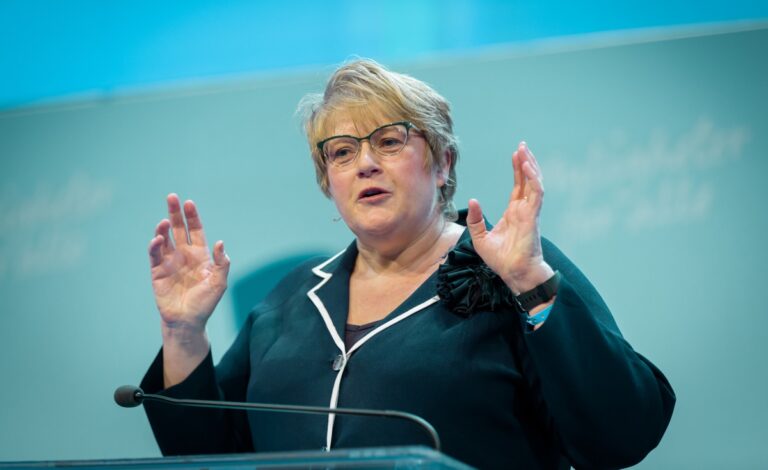
Norway’s three female party leaders have reached an agreement to create a minority government for the next four years.
After two weeks of negotiations, Venstre (the Liberal Party) has joined the Government as a full member of the ruling coalition.
Prime Minister Erna Solberg of Høyre (the Conservative party), Siv Jensen of FrP (the Progress Party) and Trine Skei Grande (pictured above) of Venstre announced the agreement over the weekend, although we are still waiting to hear which ministerial posts will be taken by Venstre.
Following the 2017 General Election, Erna Solberg remained Prime Minister as the opposition Arbeiderpartiet (Labour party) and their traditional allies failed to win enough seats to form a Government.
Still short of an overall majority
Venstre bring eight seats into the mix but the three parties still fall short of an overall majority, so there may well be problems ahead for the new-look Government.
To guarantee the passing of legislation, support from KrF (the Christian Democrats) will be required. They back the Prime Minister in many areas but declined to enter negotiations to join the Government. Along with Venstre, KrF supported the previous Høyre-FrP government on a confidence-and-supply basis.
In a joint statement, Prime Minister Erna Solberg’s Høyre, the right-wing FrP and Venstre announced their plans, saying that policy on oil, tax and immigration were the toughest areas on which to find common ground. The “political platform” document is 84 pages long and only available in Norwegian, but here's some of the highlights:
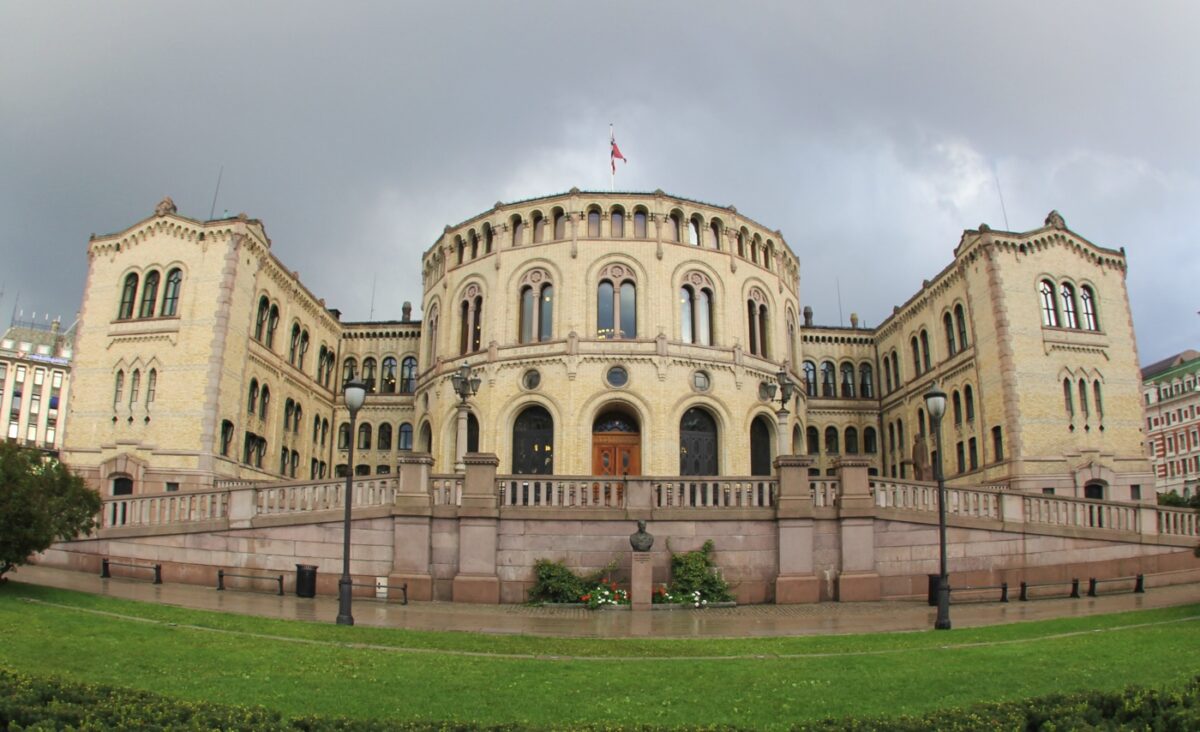
A cheer for environmentalists
The big win for Venstre is a resolution – albeit temporary – to the oil debate that raged throughout the country last year. The Arctic waters of Norway’s Lofoten, Vesterålen and Senja will remain off-limits to oil exploration at least 2021, when the next General Election will take place.
Not only is the region known globally for its outstanding natural beauty, it is rich in cod. Seafood is Norway’s biggest export industry aside from oil and gas. The World Wildlife Fund estimates that the waters provide the breeding area for 70 percent of all fish caught in the north Norwegian waters.
Lorelou Desjardins from A Frog in the Fjord was the first guest on the Life in Norway Show. She works with environmental law and has already written an article celebrating the news:
“This is a huge success for many, not the least for the Liberal Party and environmental groups. It is a very welcome success just weeks after Greenpeace and Nature and Youth lost against the State when challenging oil drilling in the Arctic.”
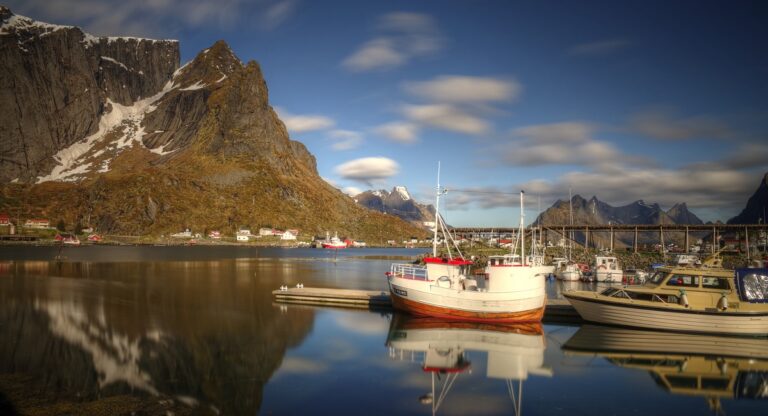
Changes to immigration rules
There’s a mixed bag of changes when it comes to immigration and integration. Most notably, the government has confirmed it will introduce dual citizenship, although the requirements to get that citizenship have been tightened.
As a general rule, to become a citizen of Norway, you must have been living the country under legal residence permits for a set period of time. The new government plans to extend this period from seven to eight years.
The previous government made several small changes to the immigration rules, so this is the first indication that the tightening of immigration policy is set to continue. However, the document also states the government will be “open” to more immigration of relevant, skilled workers from outside the EU/EEA. What this means in practice remains to be seen.
There are several planned changes to asylum rules, including DNA testing for all family reunification applications to prevent abuse of the system. The introductory program will be overhauled, with more focus on getting people into work quickly, and compulsory empowerment courses for women.
An interesting announcement buried in the document is that employers will have the right to stop employees from using face-covering clothing during working hours. This is one of the policy announcements that we are likely to hear a lot of debate about in the coming months.
Economy & the oil fund
Reforms of the huge sovereign wealth fund will continue. Although specific changes were not announced, several items were suggested such as allowing it to invest in unlisted firms and infrastructure projects. A split from the Central Bank was also suggested.
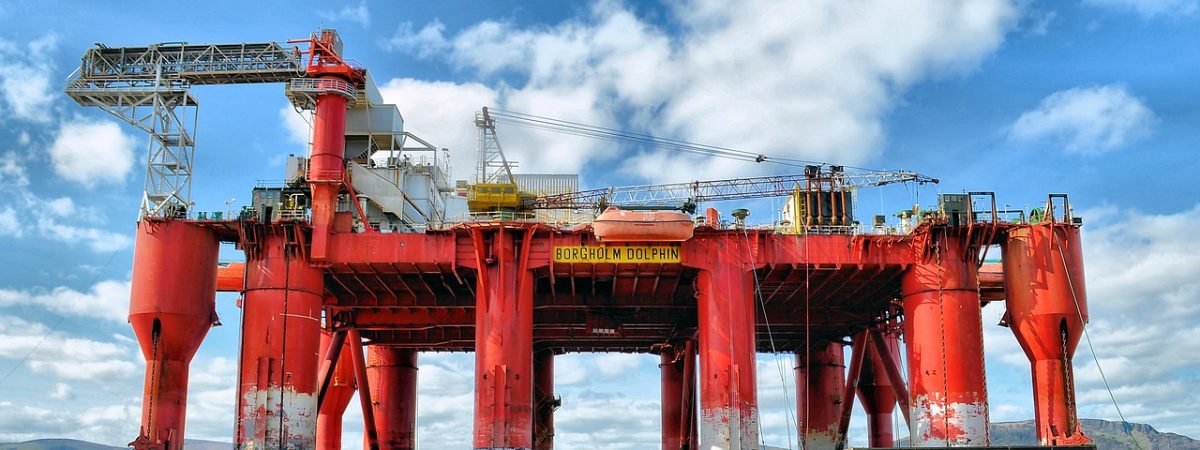
The government stated a desire to make the Norwegian economy less vulnerable to fluctuations in oil prices by strengthening growth in the fastlandsøkonomi, a Norwegian expression to denote the economy of “mainland” Norway, which excludes oil and gas, and foreign shipping.
Tax cuts were promised but the language is extremely vague, so this is very much a wait and see policy.
Transport policy
Venstre’s impact was also felt in several sections of transport policy, which now have a greener edge to them.
Tax exemptions for electric vehicles will continue for as long as the current government is in office. There had been plans to scrap the exemptions now that Norway leads the world in EV usage, but their retention should guarantee further EV sales through to 2021. Last year, half of all new cars sold were either full electric models or hybrid.
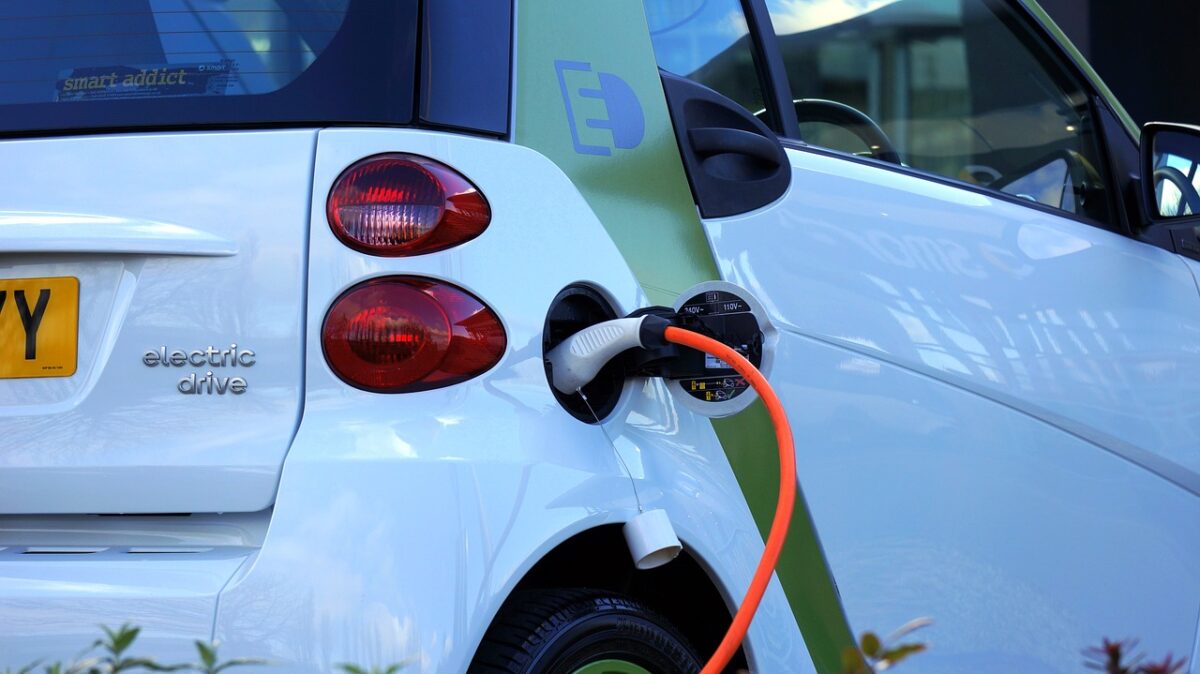
The new government has stated a desire for public transport to be free of fossil fuels by 2025, while a Scandinavia railway study will be launched in cooperation with Sweden and Denmark.
These are just some of the highlights of the political platform document presented by Norway's new government. Whether all of it makes it into law is another matter, of course, but it gives us a firm idea of what to expect over the coming years.

